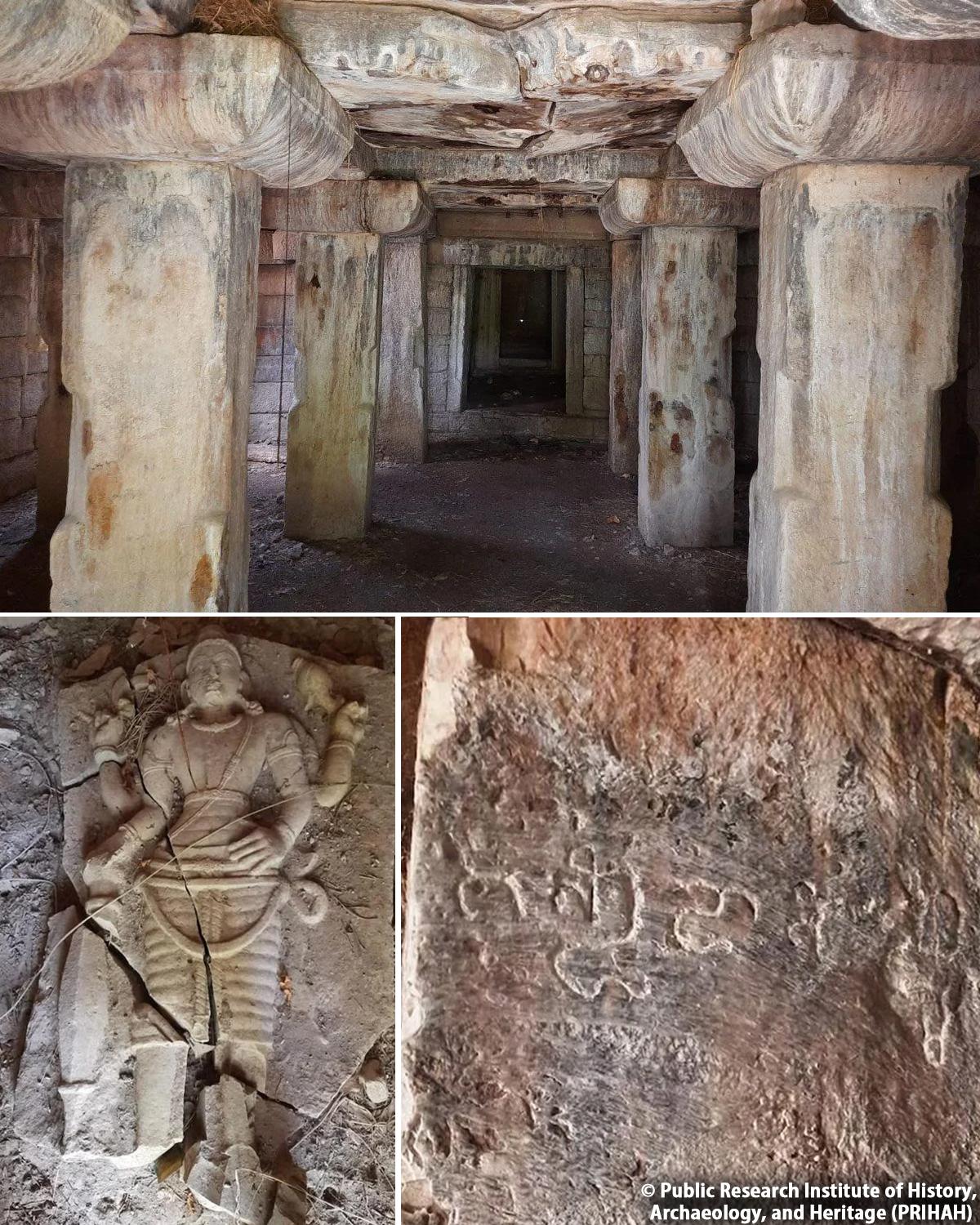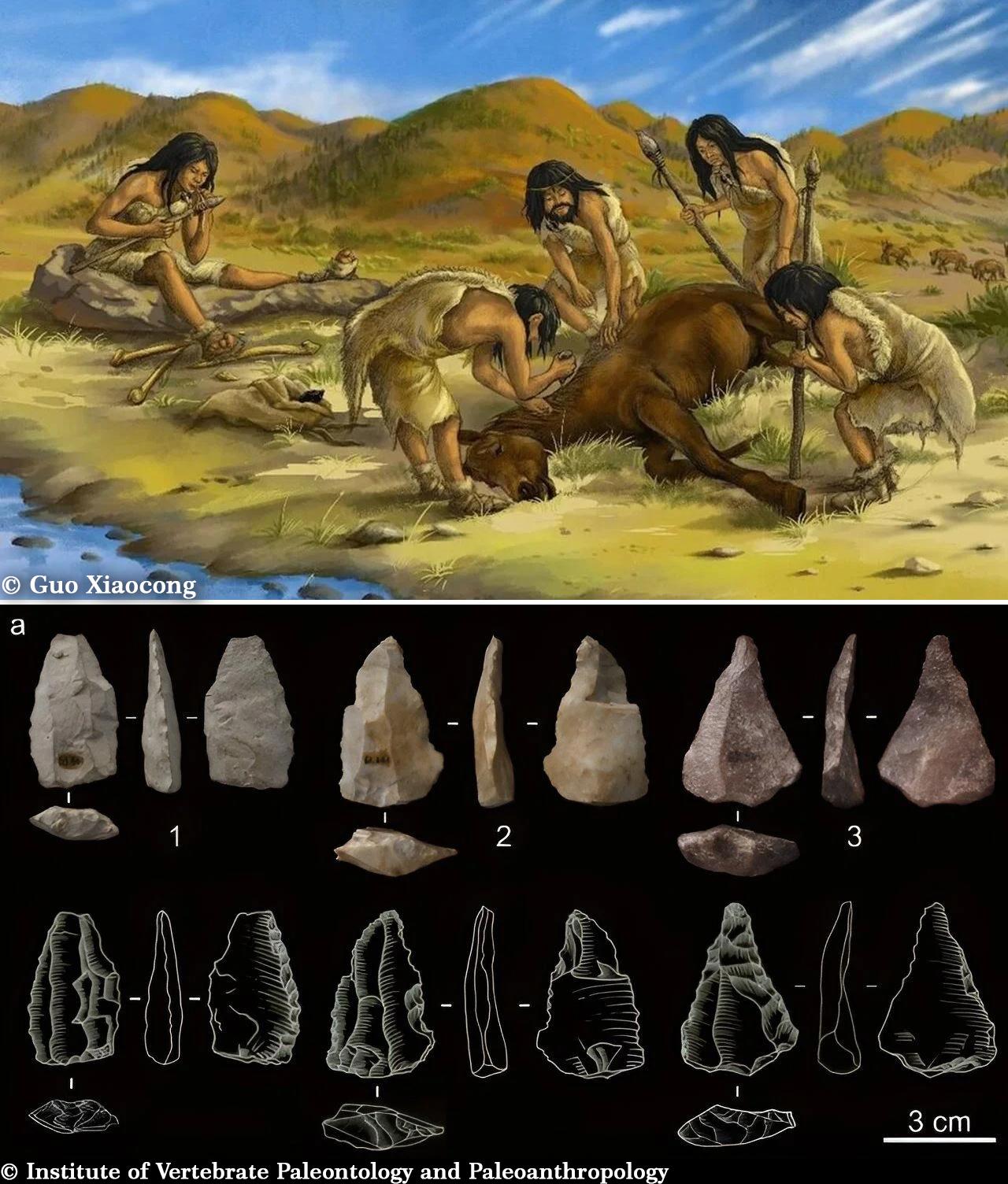decorated with beads in form of Egyptian god Bes and goddess Tawaret. In ancient Egyptian mythology, "Tawaret", a goddess who is protector of birth and fertility. Bes, a god depicted as a dwarf and worshiped as protector of households, particularly mothers, children and births. Brooklyn Museum
Nestled within the hallowed halls of the Brooklyn Museum lies a stunning testament to the artistry and craftsmanship of ancient Egypt: a Gold, Faience, and Agate Necklace dating back to the New Kingdom, 18th Dynasty (1539-1292 BC). Adorned with beads in the form of the Egyptian deities Bes and Tawaret, this exquisite piece of jewelry offers a captivating glimpse into the religious beliefs and cultural practices of ancient Egyptian society. In this blog post, we embark on a journey to explore the significance and symbolism of this remarkable necklace, delving into the mythology of Bes and Tawaret and unraveling the mysteries of ancient Egyptian craftsmanship.

The Mythology of Bes and Tawaret: Guardians of Birth and Home
In ancient Egyptian mythology, Bes and Tawaret held revered roles as protectors of life, birth, and home. Bes, depicted as a dwarf with a lion's mane and tail, was worshiped as a guardian deity, particularly revered for his role in safeguarding households, mothers, and children. Tawaret, on the other hand, took the form of a pregnant hippopotamus, symbolizing fertility and protection during childbirth. Together, these deities represented the dual aspects of domestic life and the cycle of birth and rebirth. As you view the images of the necklace adorned with their likenesses, ponder the significance of these ancient gods and their enduring influence on Egyptian culture.
The Artistry of Ancient Egypt: Craftsmanship and Symbolism
The Gold, Faience, and Agate Necklace exemplifies the mastery of ancient Egyptian craftsmanship, with its intricate details and meticulous design. Each bead, fashioned from precious materials such as gold, faience, and agate, is a work of art in its own right, reflecting the skill and dedication of the artisans who created it. The inclusion of Bes and Tawaret beads speaks to the necklace's symbolic significance, serving not only as adornments but also as talismans of protection and fertility. As you admire the images of the necklace, take note of the delicate craftsmanship and the subtle symbolism imbued in each bead.
Exploring Ancient Discoveries: Insights from Archaeology
The Gold, Faience, and Agate Necklace is just one of many ancient discoveries that offer insights into the rich tapestry of Egyptian history and culture. Archaeological excavations throughout Egypt have uncovered a wealth of artifacts, from monumental tombs and temples to everyday objects and personal adornments. Each discovery provides valuable clues about the beliefs, rituals, and customs of ancient Egyptian society, offering a window into the lives of its people. As you delve into the images of the necklace, consider the broader context of ancient Egyptian discoveries and the profound impact they have had on our understanding of human civilization.
Conclusion
The Egyptian Gold, Faience, and Agate Necklace is a testament to the enduring legacy of ancient Egypt and the ingenuity of its people. Through its exquisite craftsmanship and symbolic imagery, the necklace offers a glimpse into the religious beliefs and cultural practices of one of history's most fascinating civilizations. As we marvel at its beauty and significance, let us also reflect on the broader implications of ancient discoveries and the importance of preserving and interpreting our shared heritage for generations to come.










